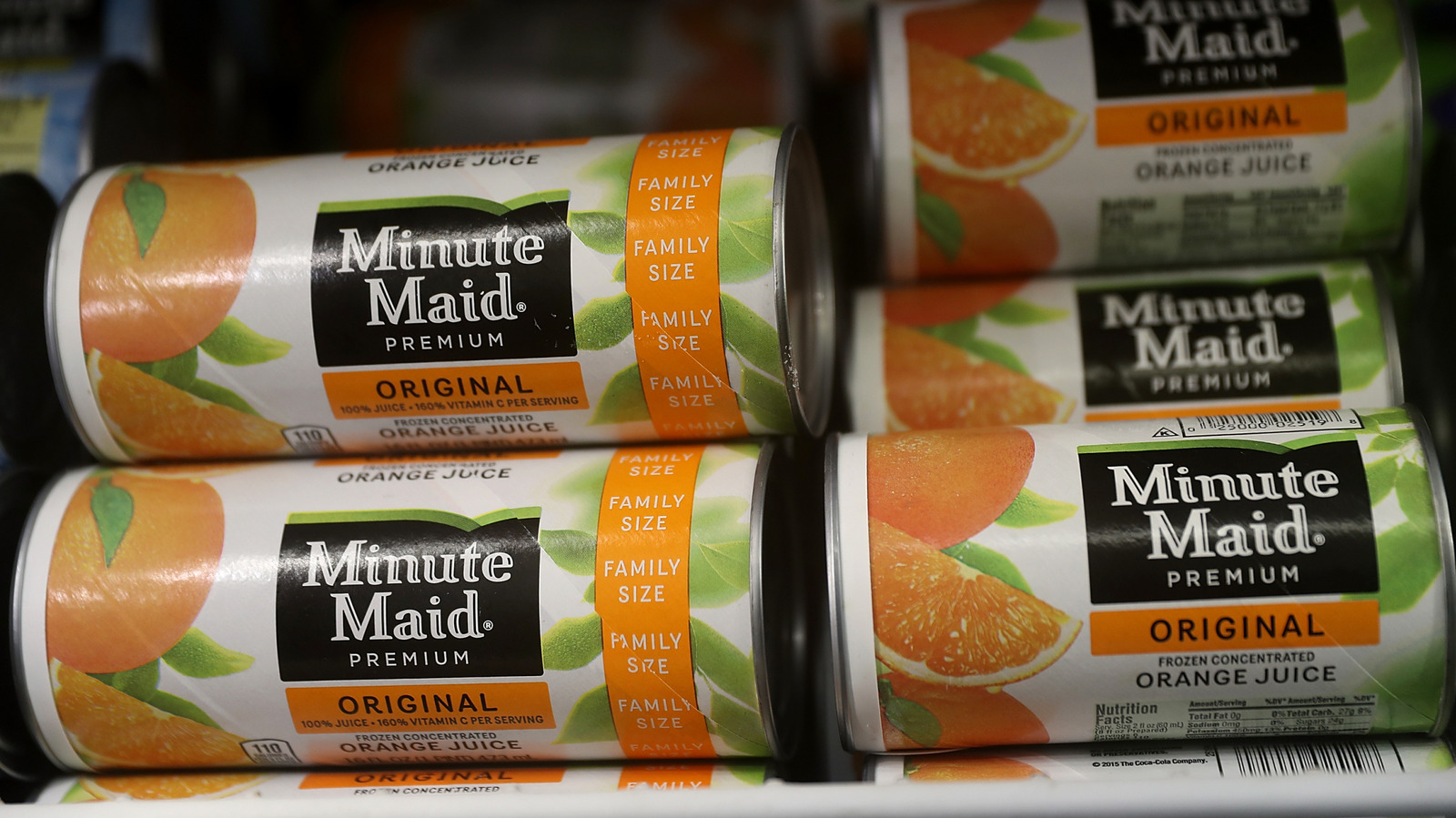
"Frozen orange juice was born in the aftermath of World War II, symbolizing the good life and representing a healthy breakfast for Baby Boomer families."
"Frozen orange juice was initially popular due to technological advancements that made it more palatable, serving as a crucial source of vitamin C during World War II."
"The introduction of not-from-concentrate orange juice in the 1980s marked a shift in consumer preference, driven by health concerns regarding processed foods."
"Frozen orange juice used to be a primary way Americans enjoyed juice until the late 20th century when fresh juice gained popularity."
Frozen orange juice emerged post-World War II, symbolizing abundance and health. Initially rising in popularity due to its affordability and convenience during wartime, technological advancements were key to improving its quality. Frozen orange juice provided a vital source of vitamin C. In the 1980s, not-from-concentrate orange juice gained traction as consumers favored fresh options, reflecting growing health concerns about processed food. Today, frozen juice has diminished in presence on grocery store shelves, illustrating a significant shift in domestic preferences over decades.
#frozen-orange-juice #consumer-behavior #food-technology #health-trends #historical-food-preferences
Read at Tasting Table
Unable to calculate read time
Collection
[
|
...
]